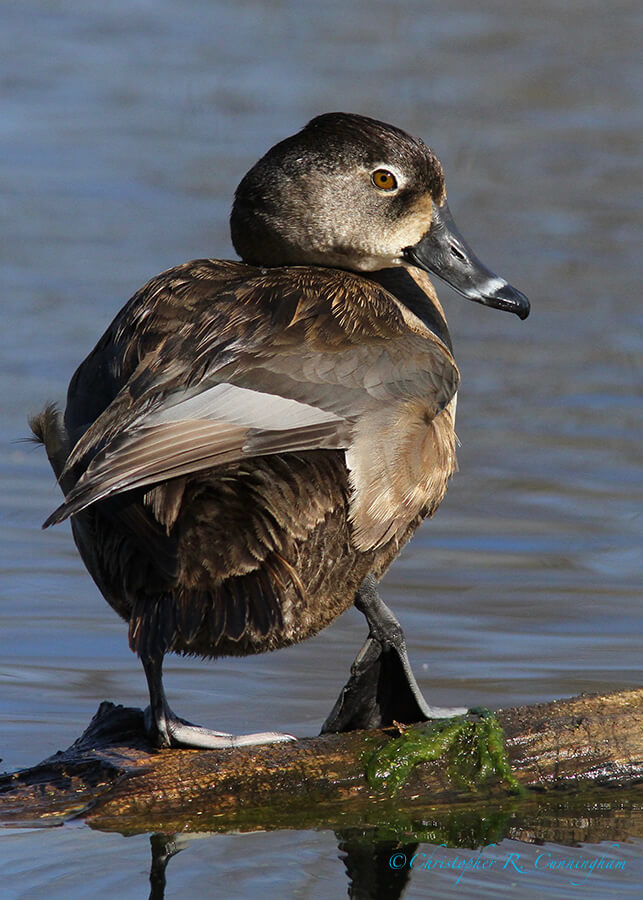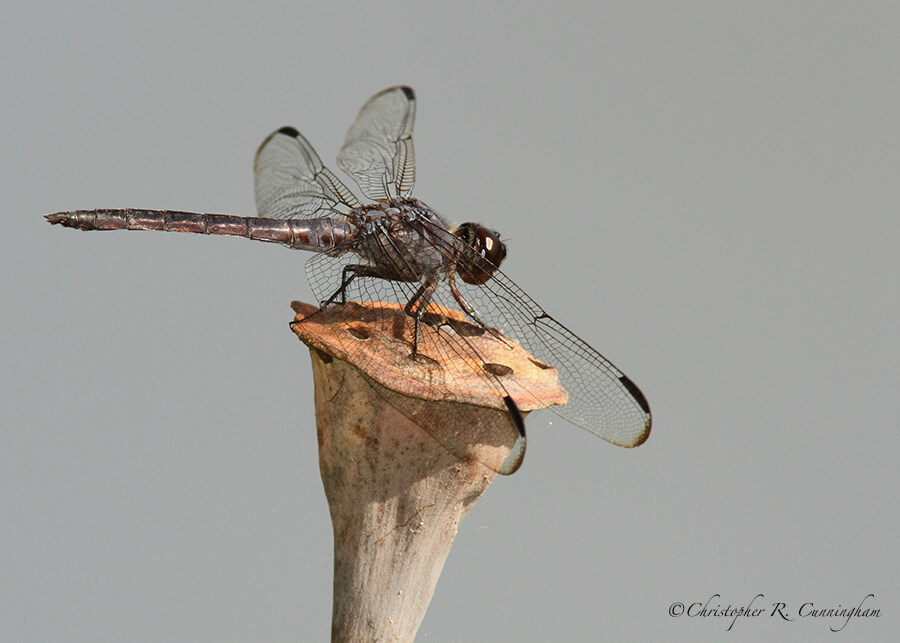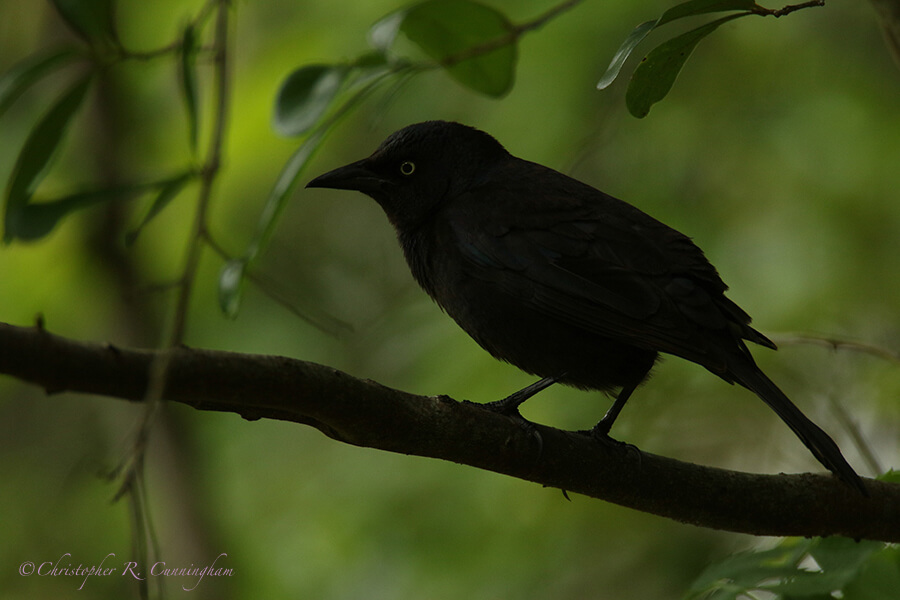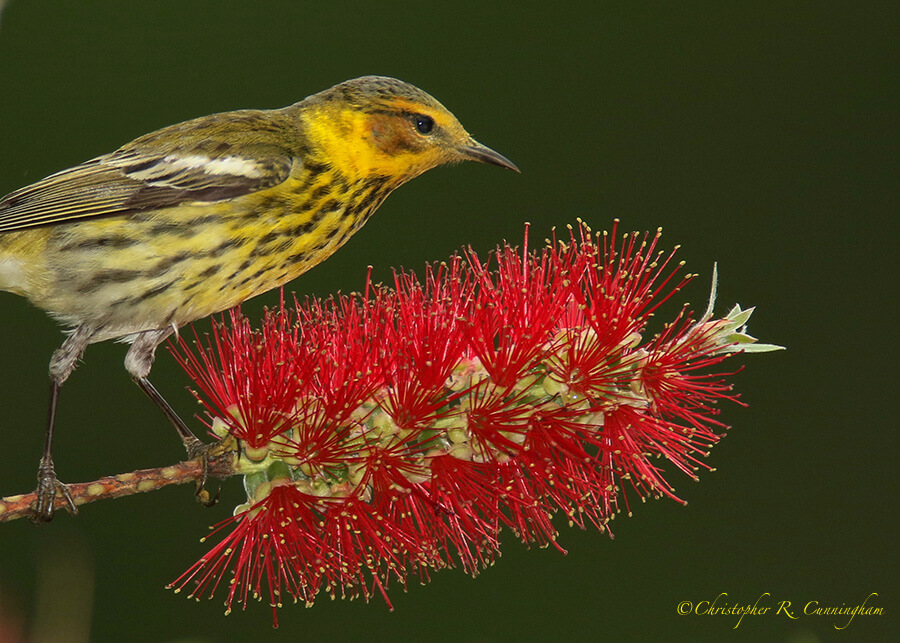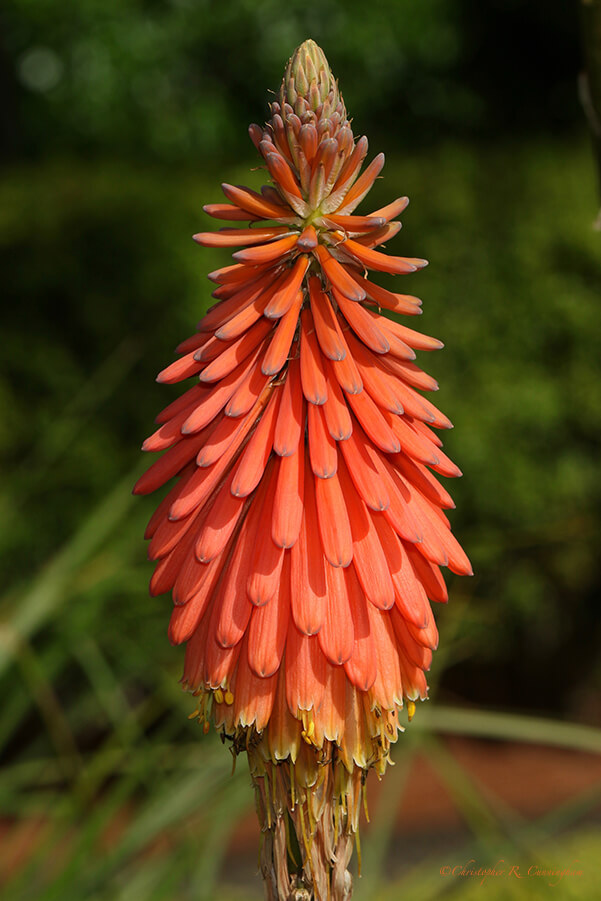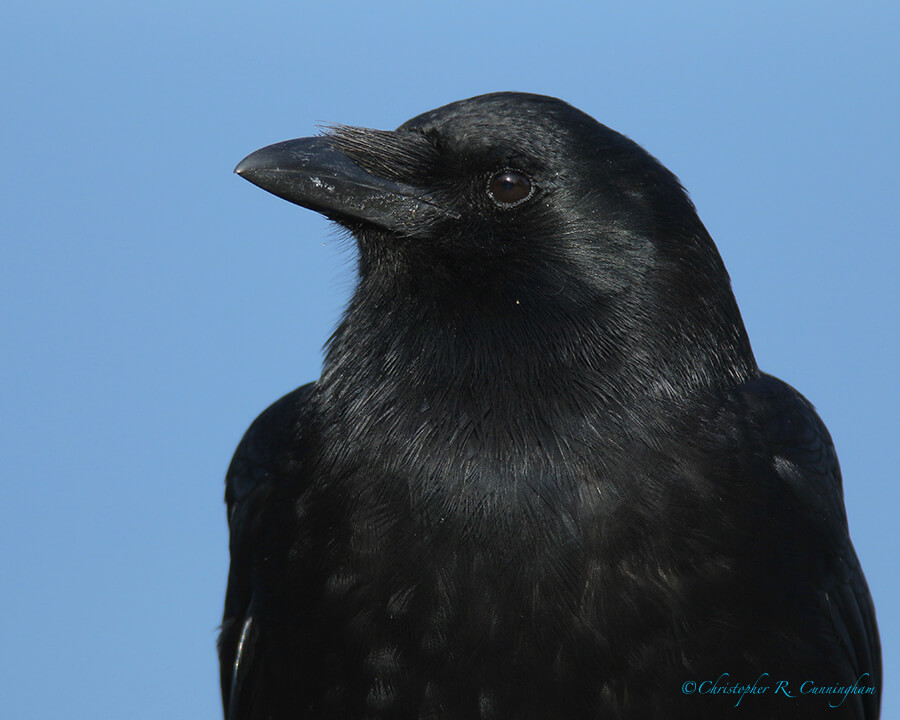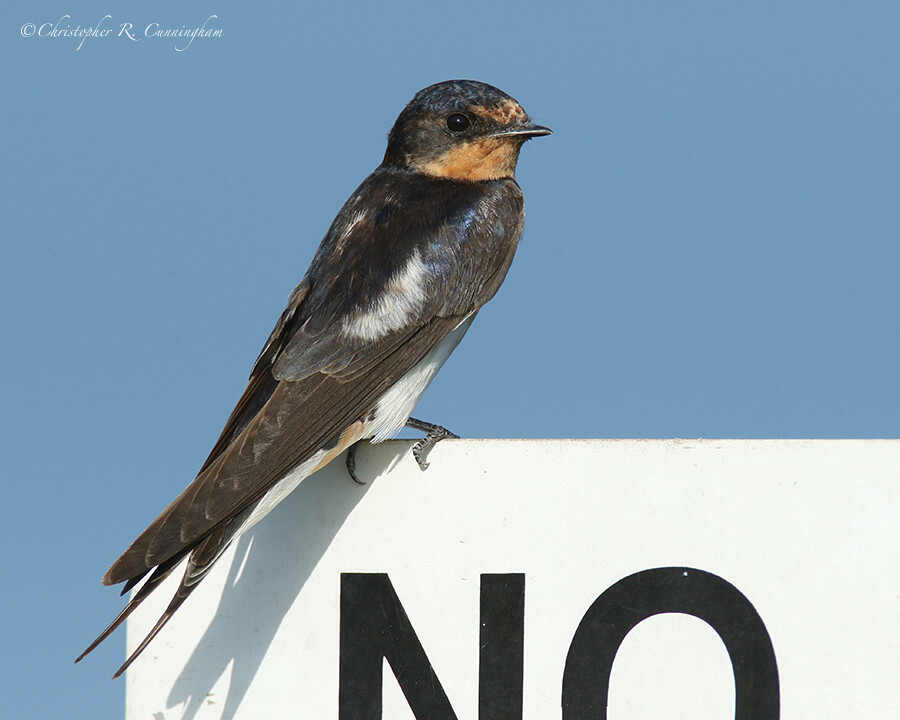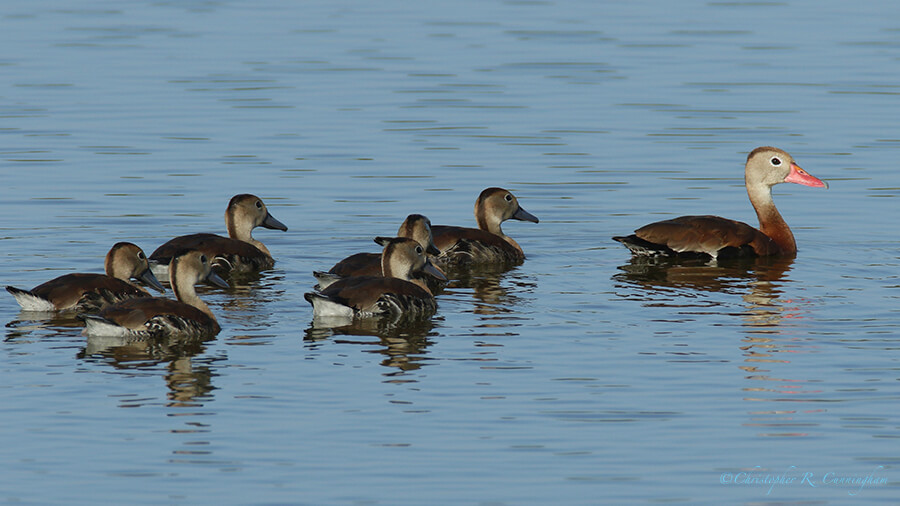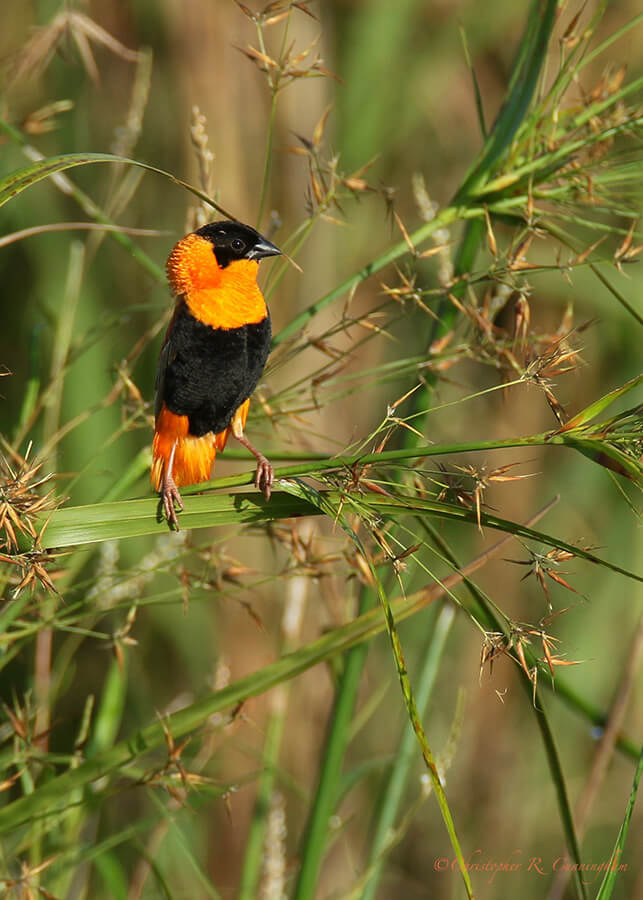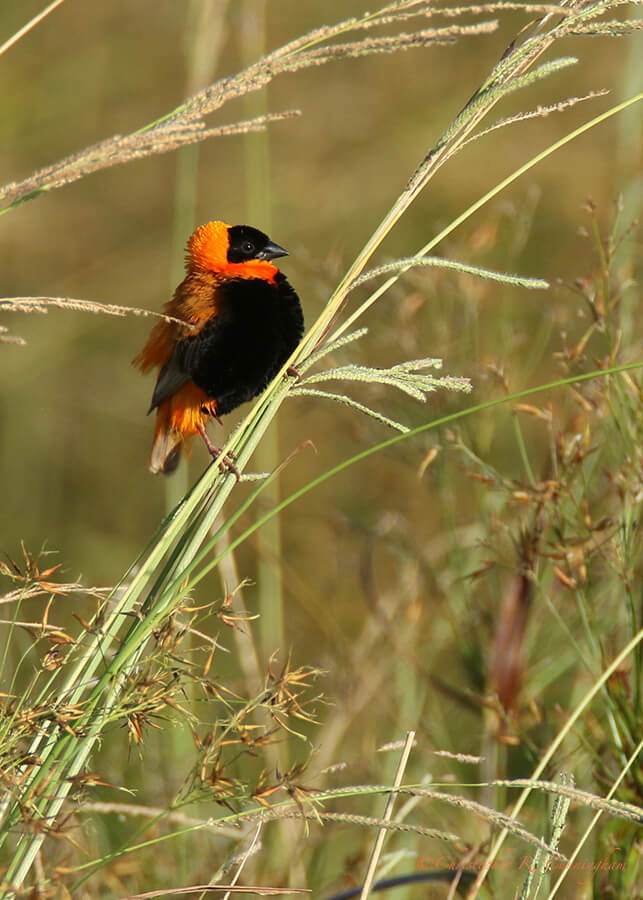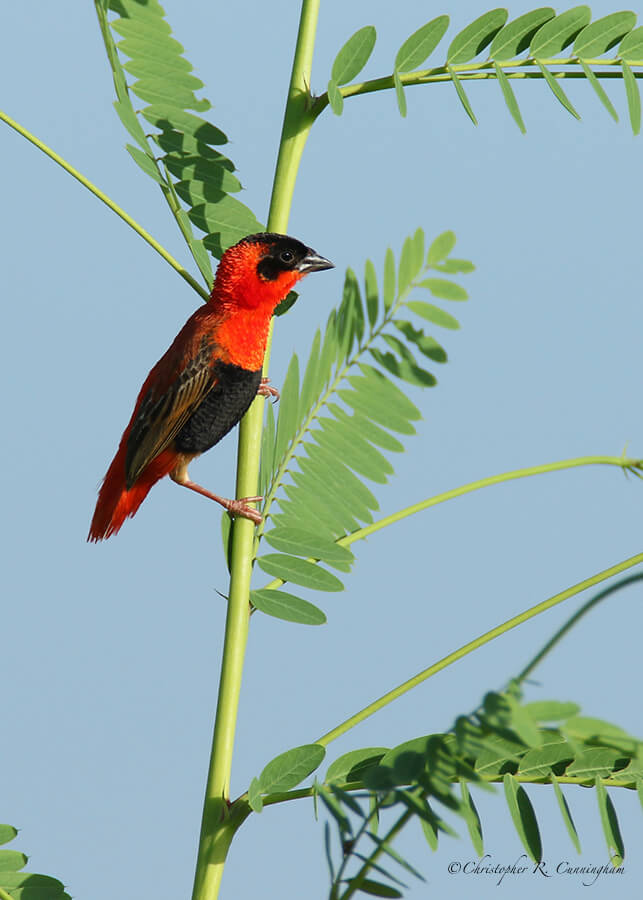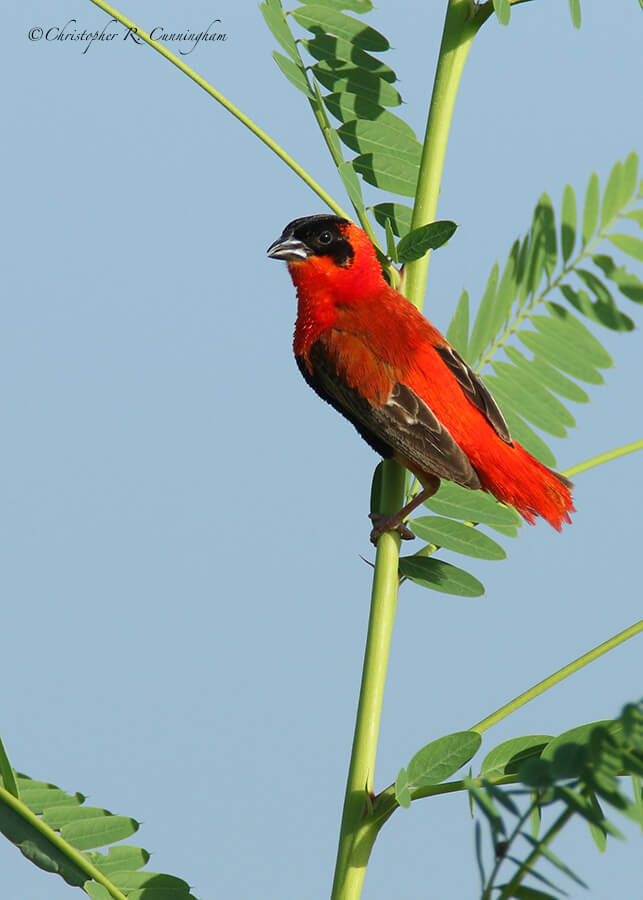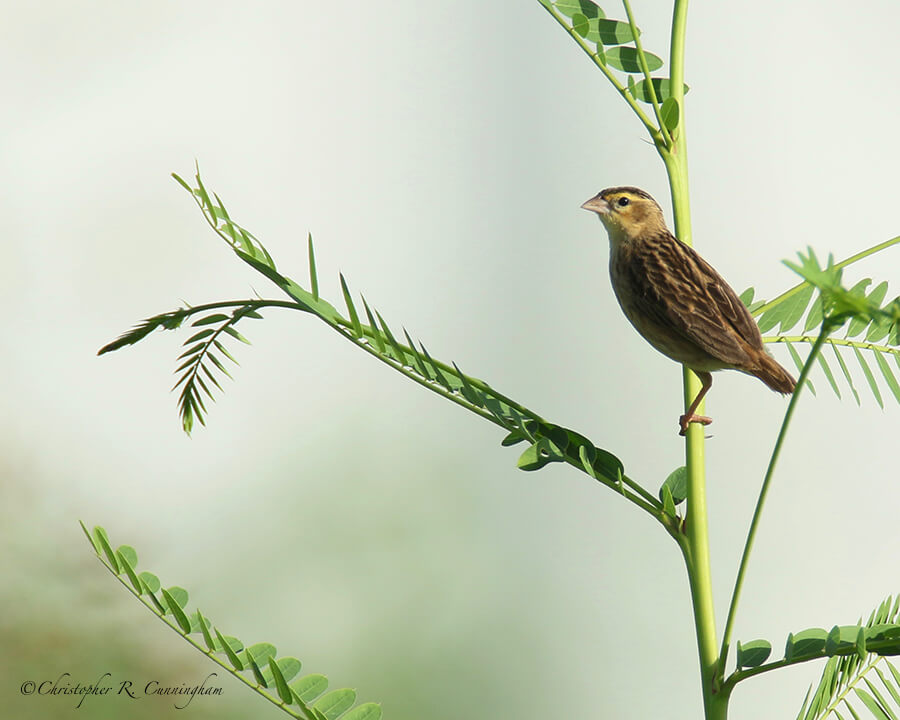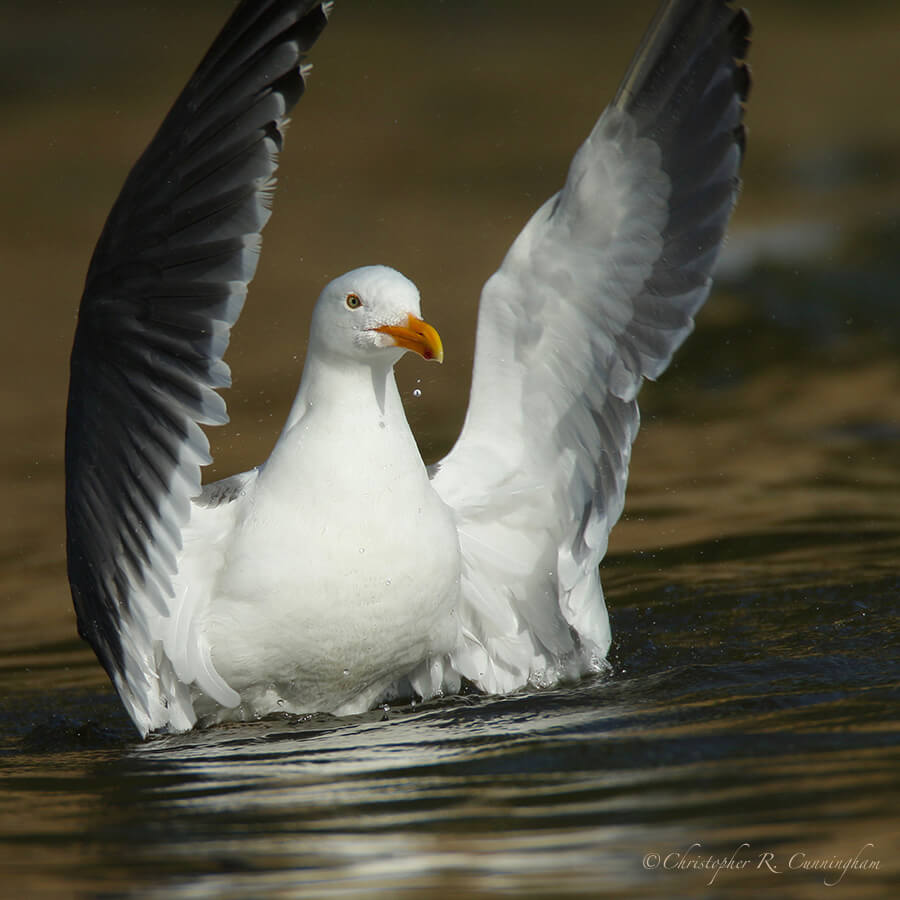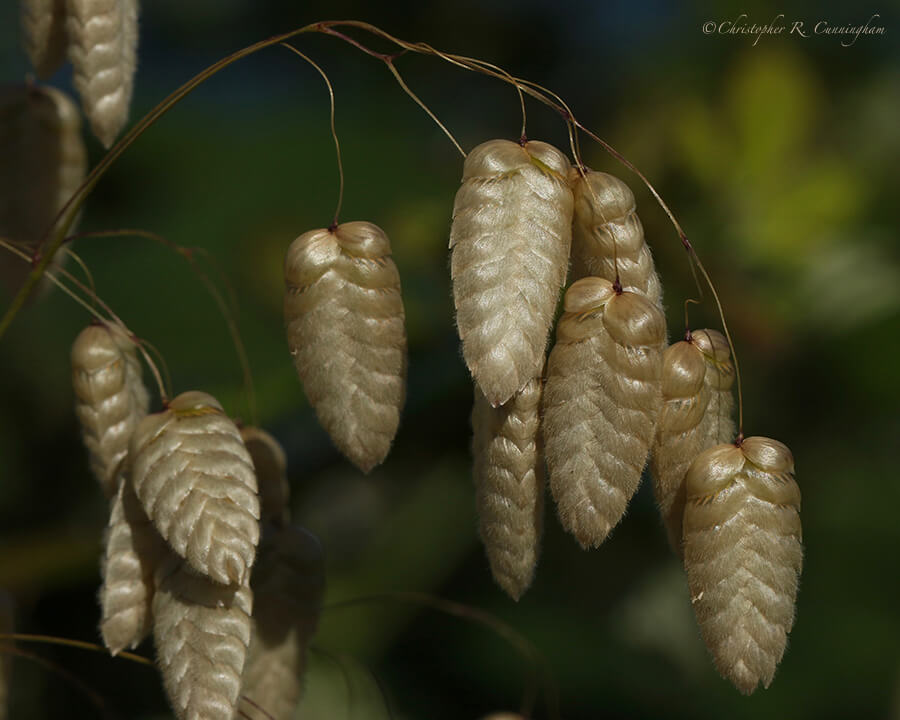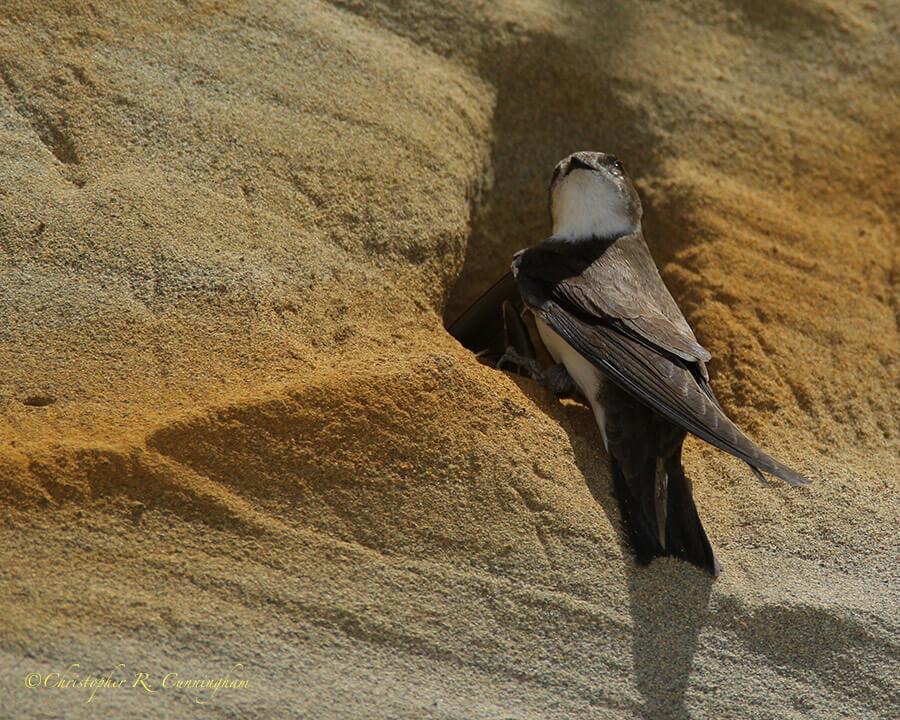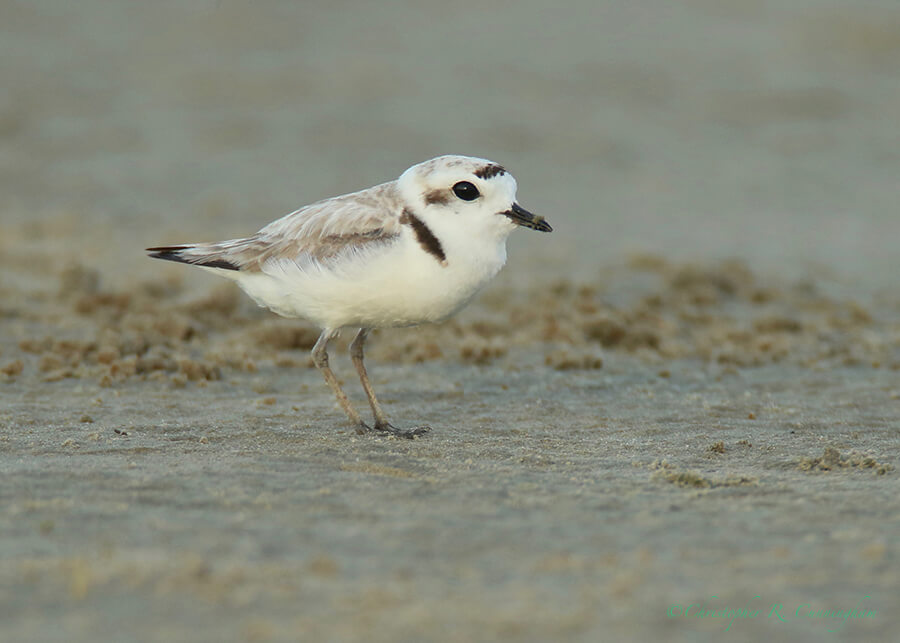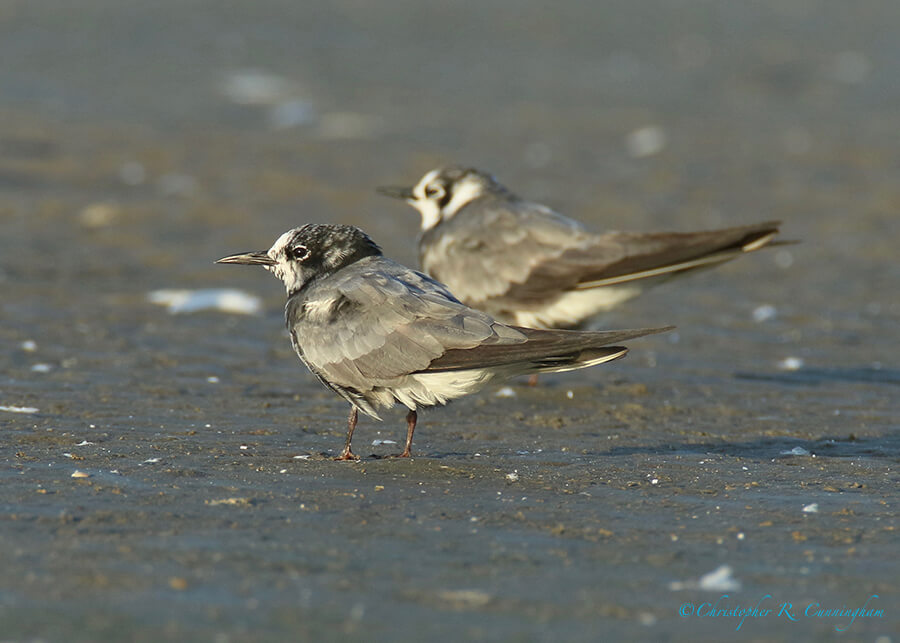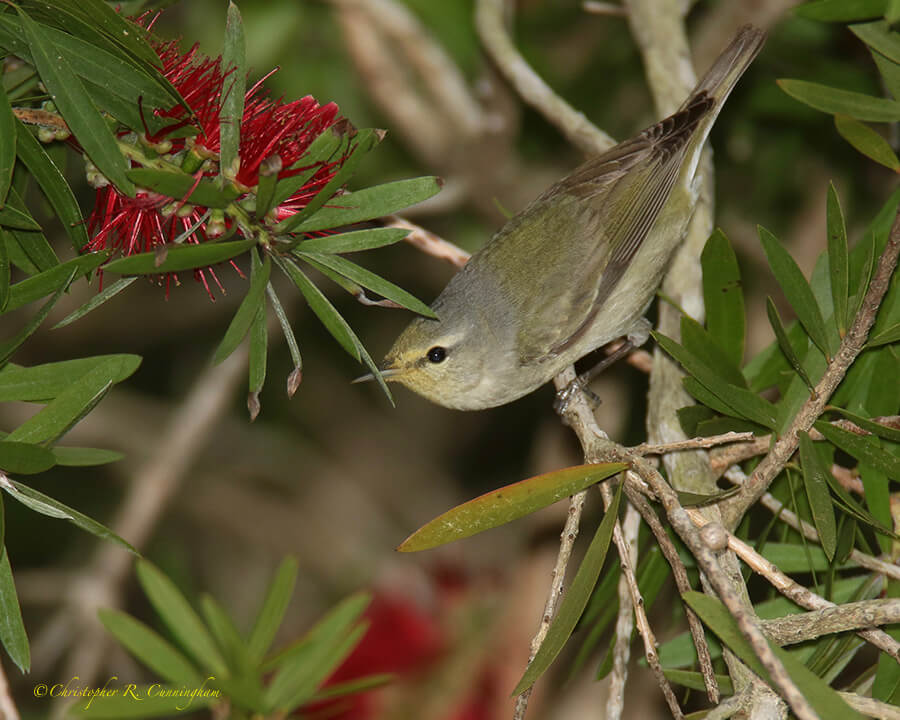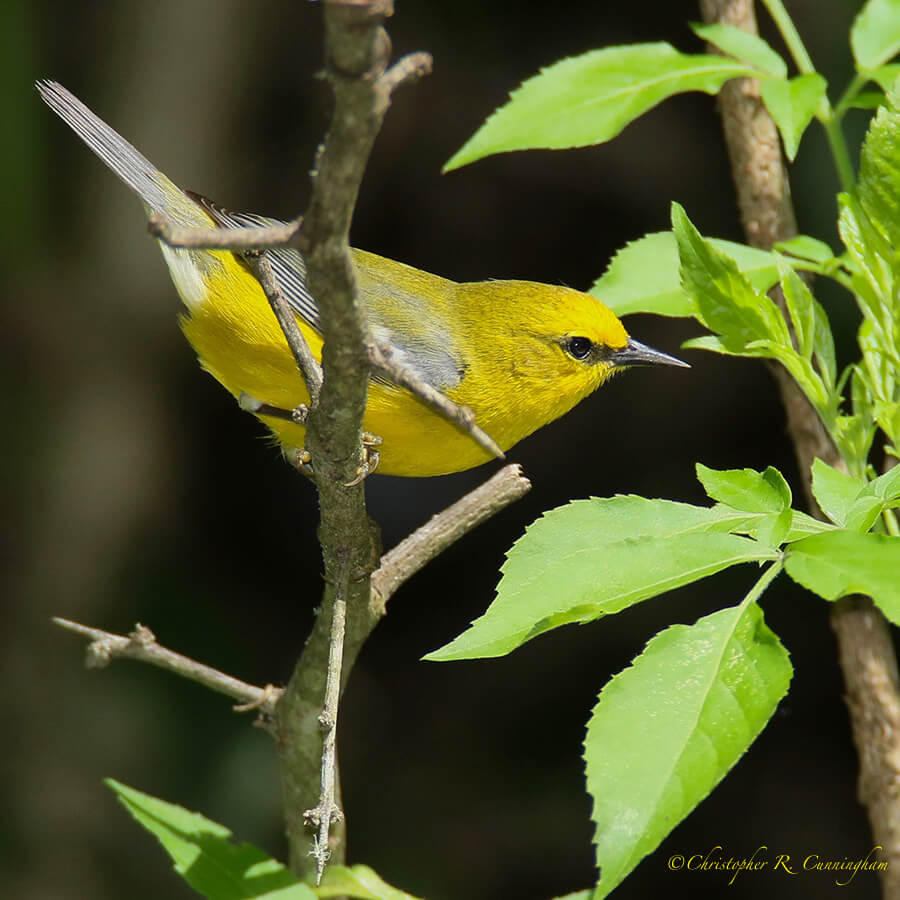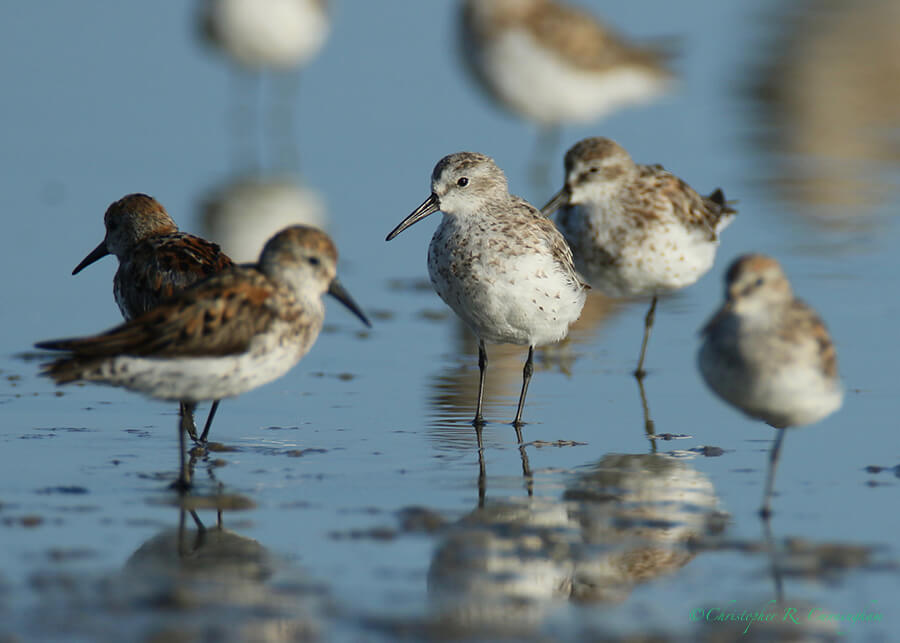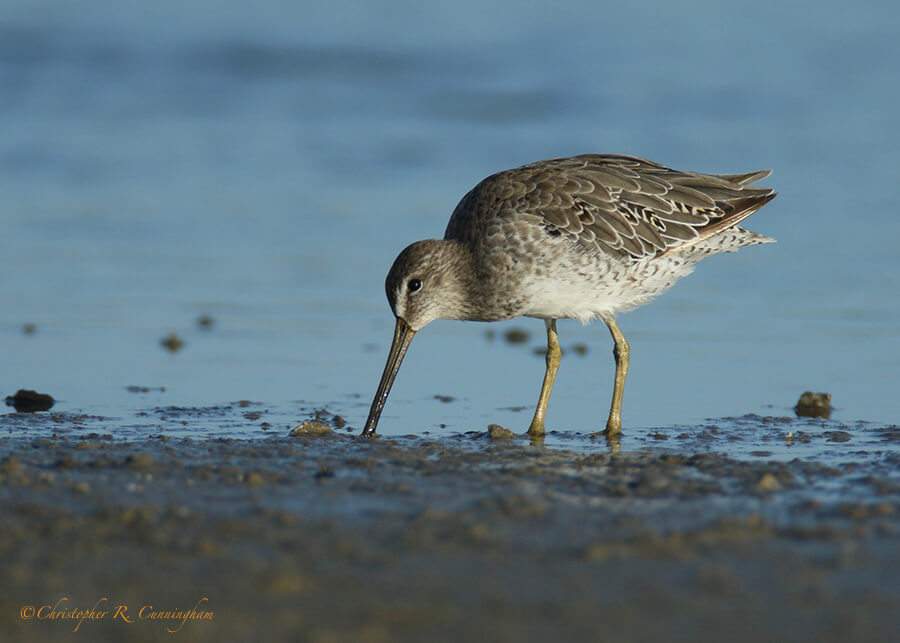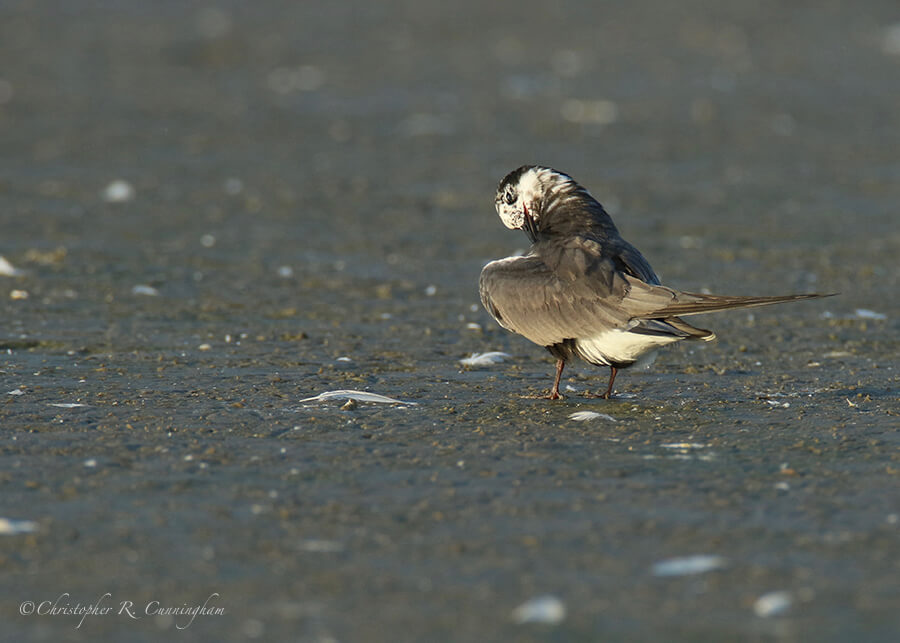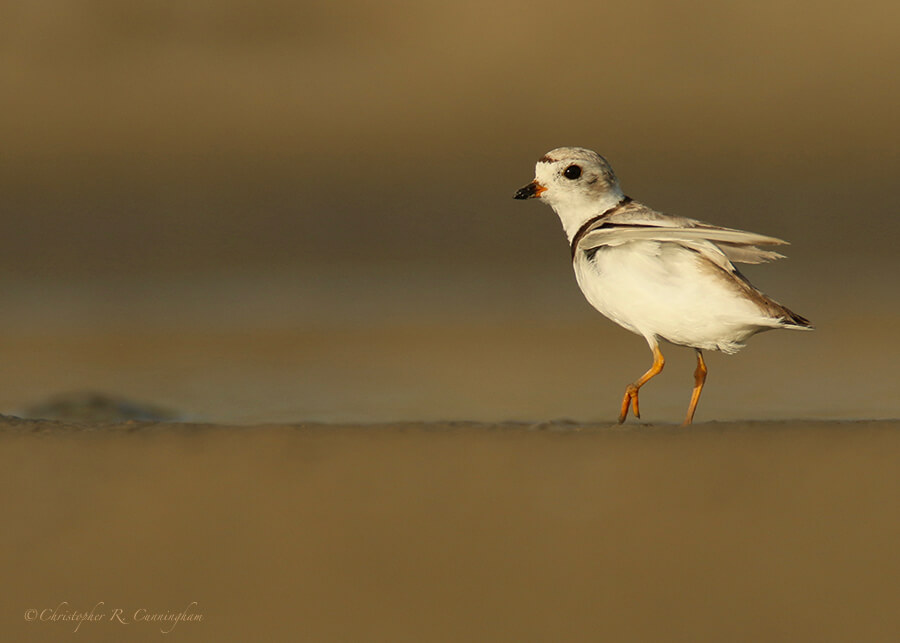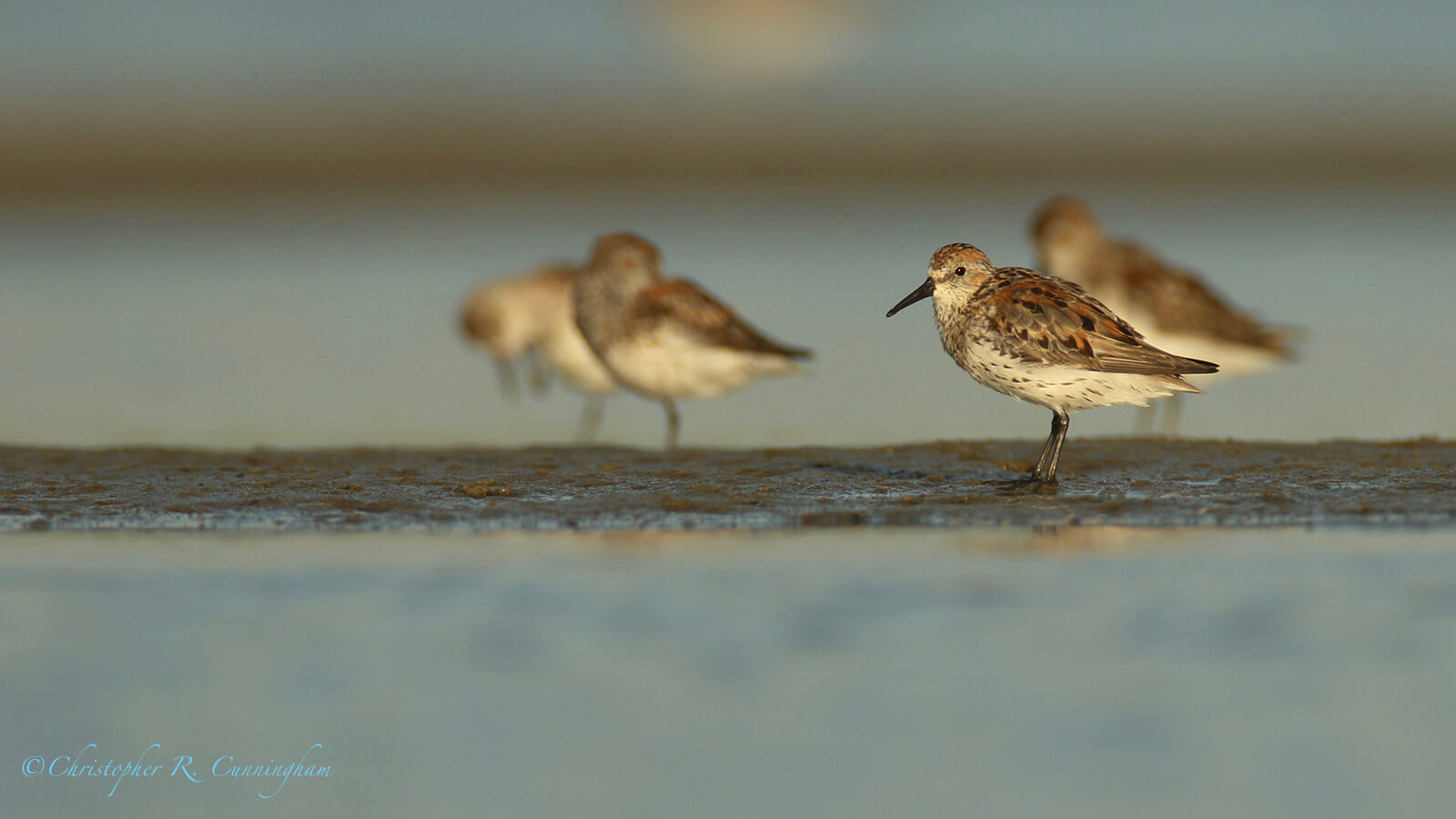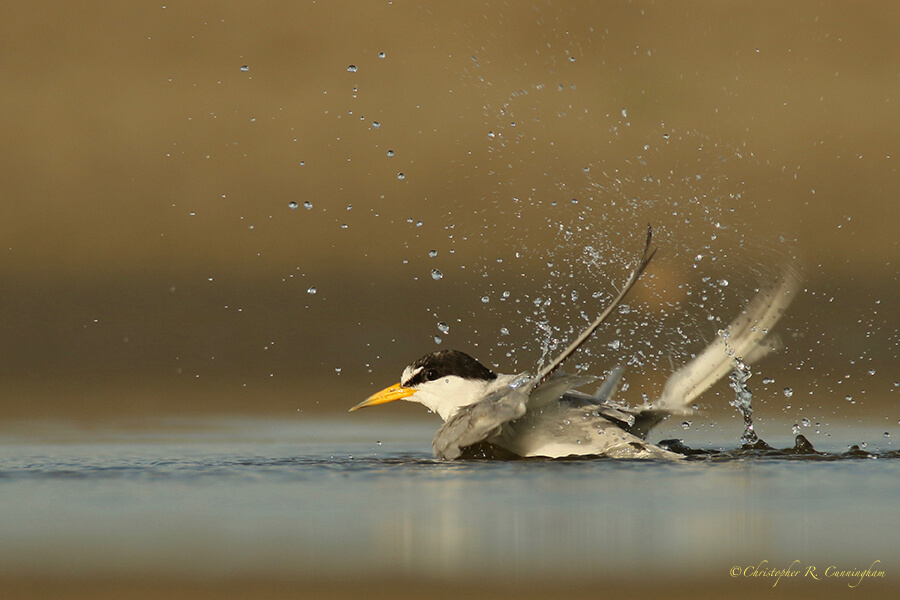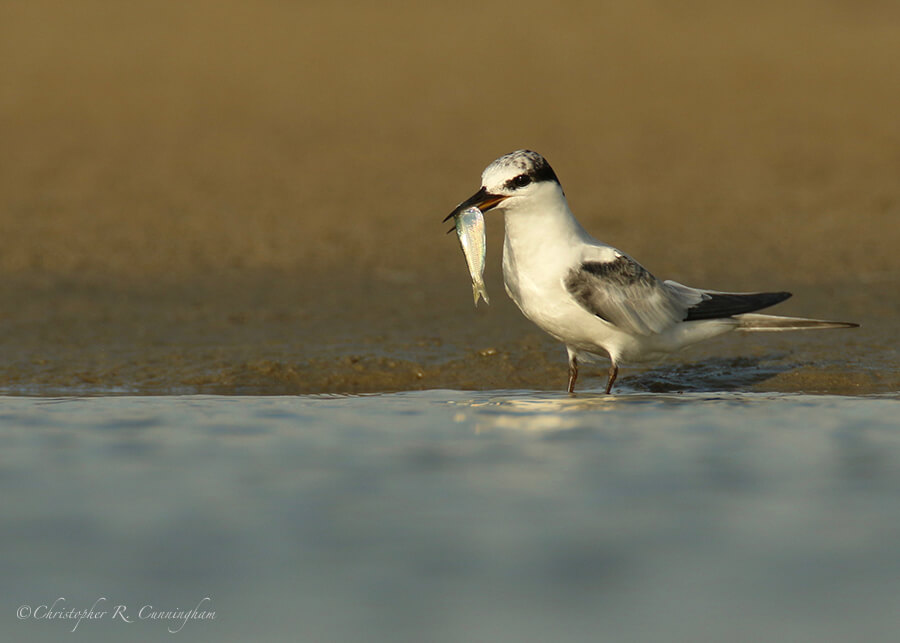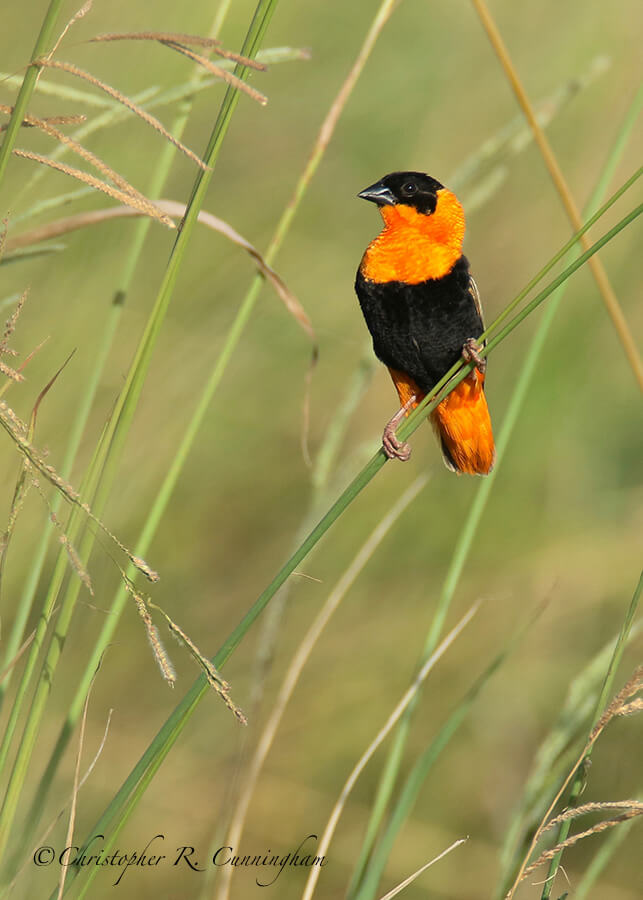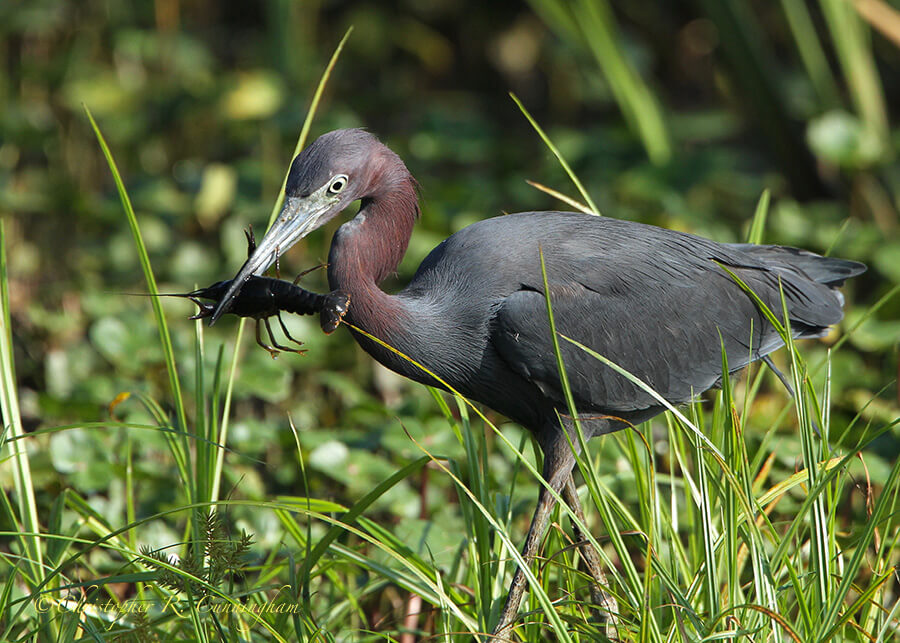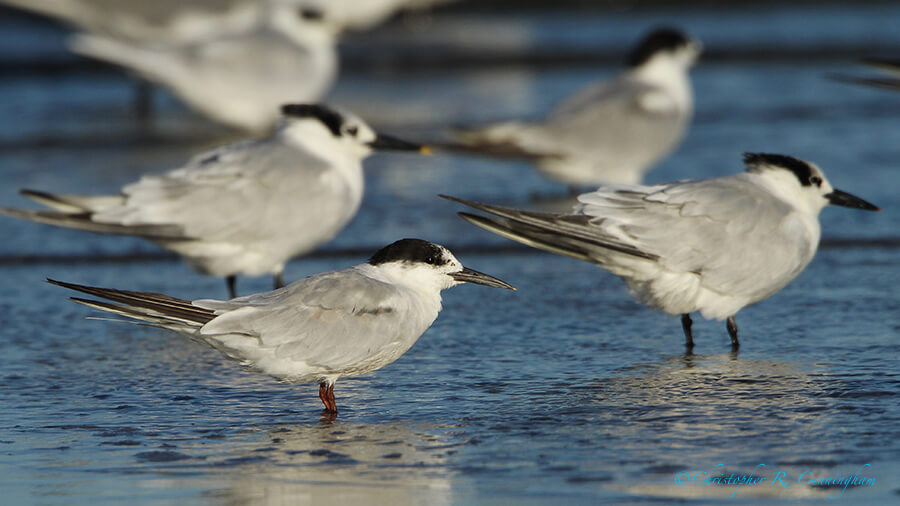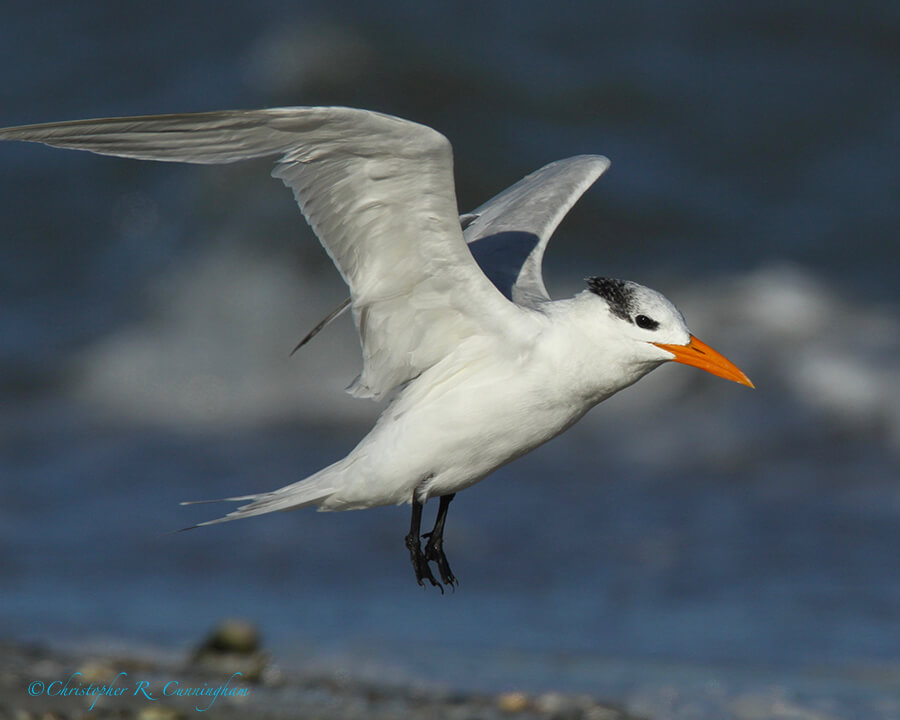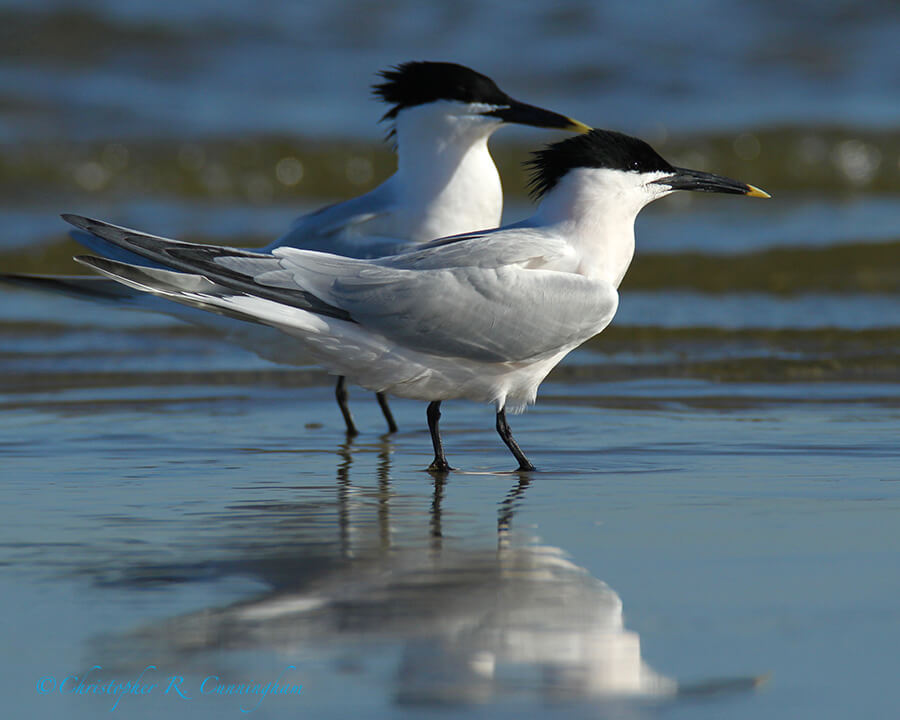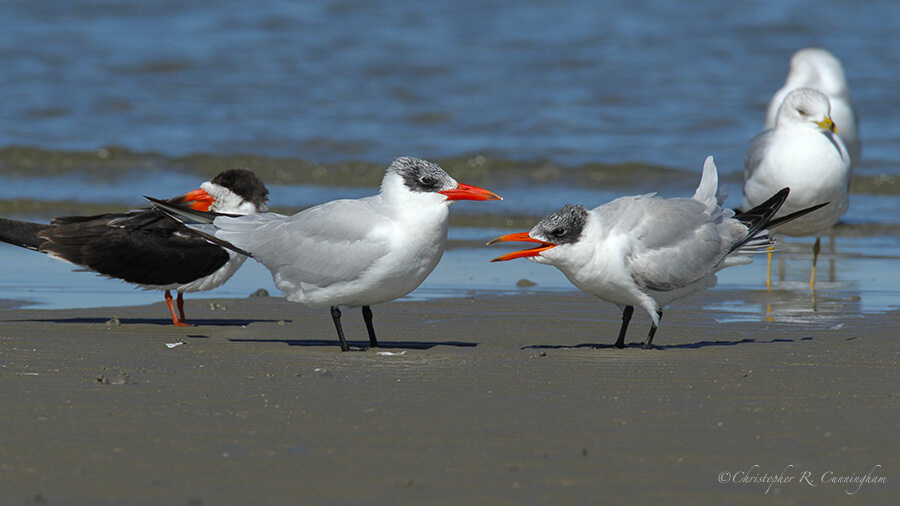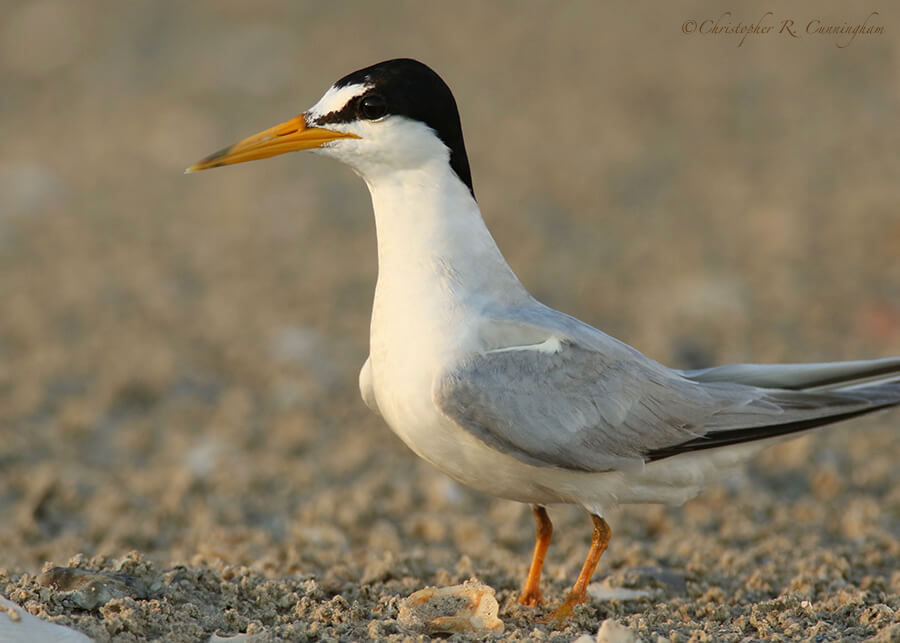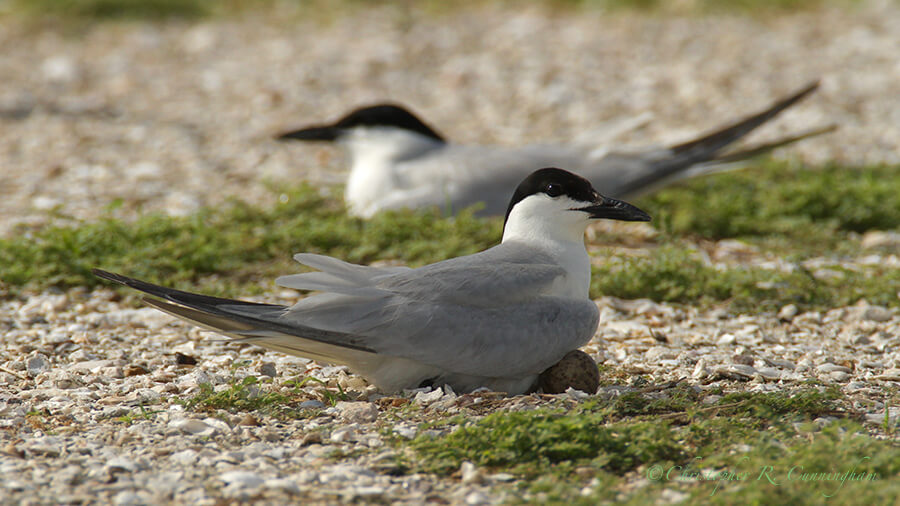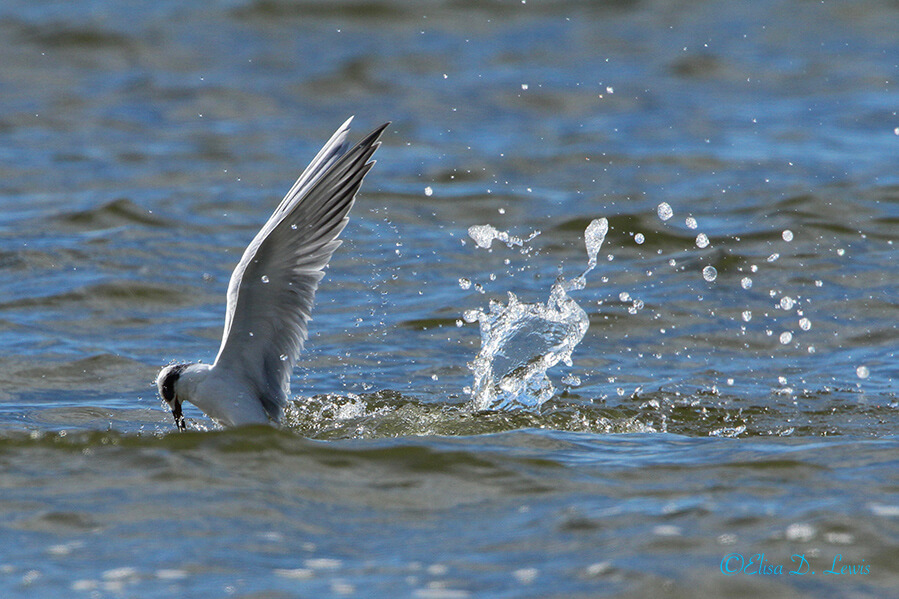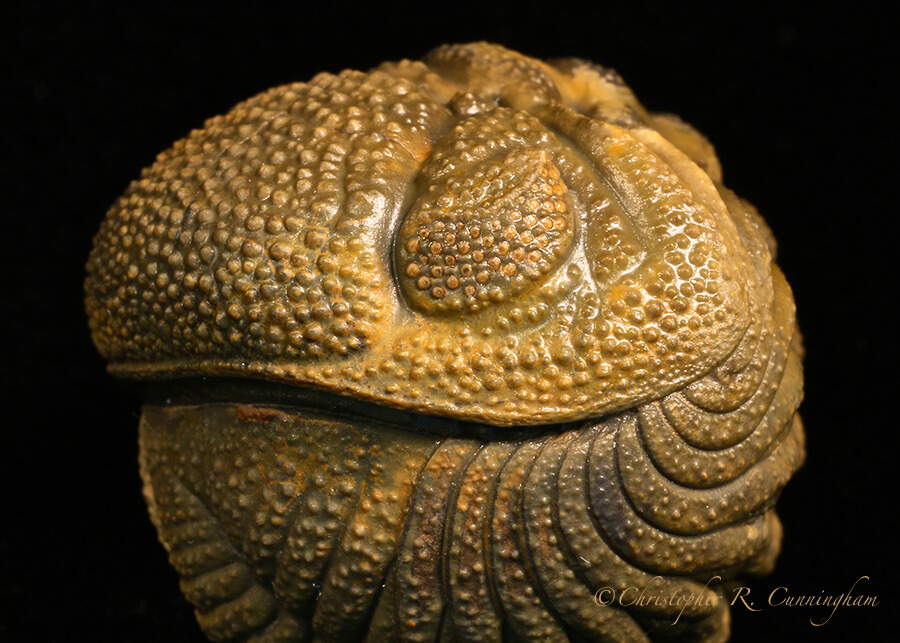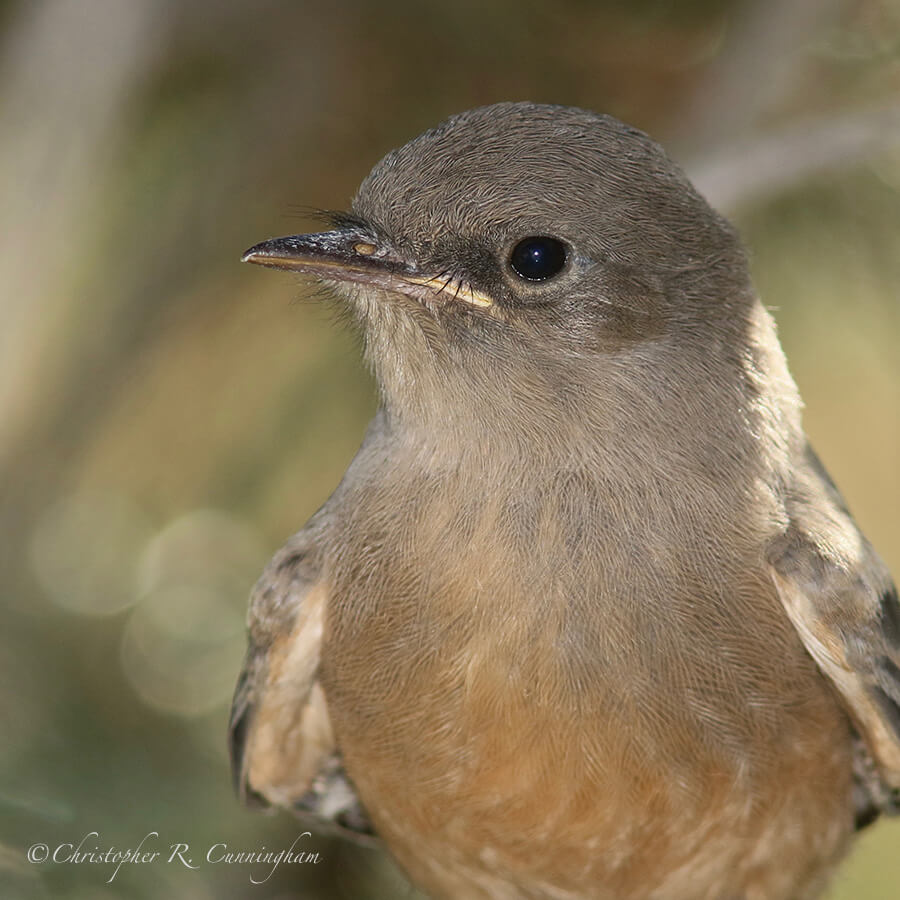Remembrance of things past is not necessarily the remembrance of things as they were.―Marcel Proust
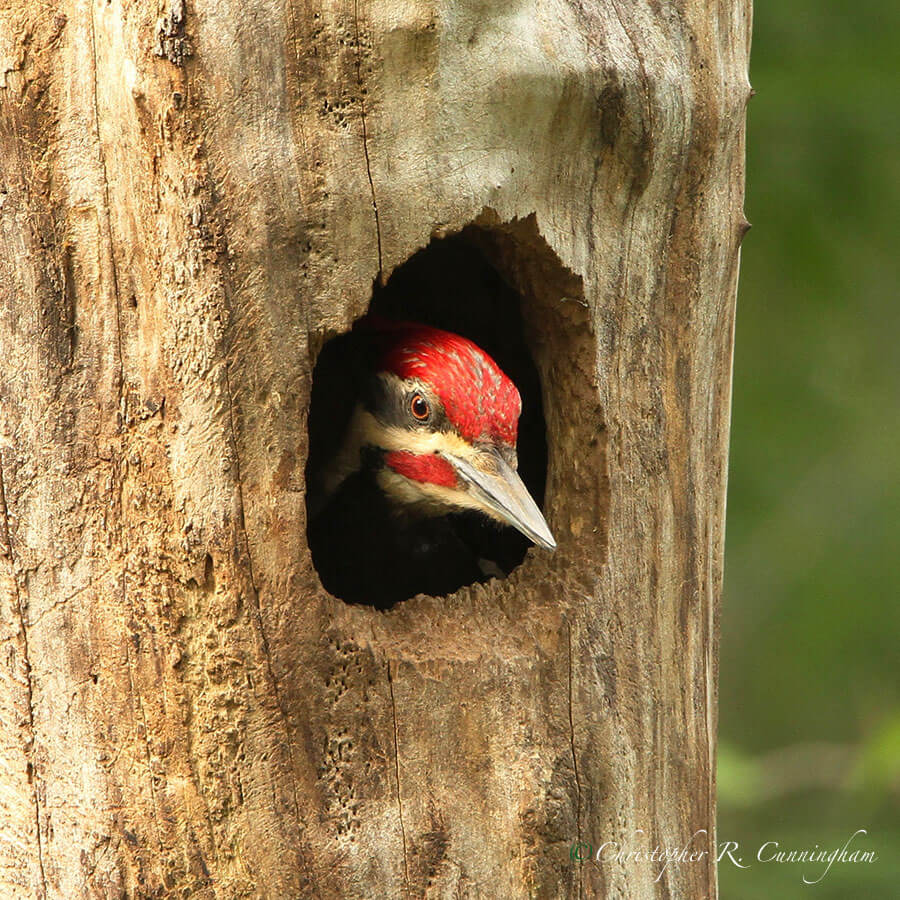
The world is old. The world is new . . . .
Over the past few weeks we’ve made a few tepid efforts to get back into the field, mostly binocular birding. After an hour or so, I was dragging along on my heels, round-shouldered, and dripping with sweat. But the first hint that fall might arrive someday is in the air in the early, early morning hours. The sky and clouds may have just a hint more peach and pink. It’s not quite so broiling, at least for a few of these early hours.
Down at Bryan Beach we did see a few things of note. Horned Larks were hunting insects among the beach flotsam. A Ruddy Turnstone was engaged in a life-and-death battle with a large buprestid beetle. This year’s crop of young Wilson’s Plovers were everywhere. In a previous post I remarked about how much this area reminded me of the the great Western Interior Sea of the Cretaceous Period . . . .
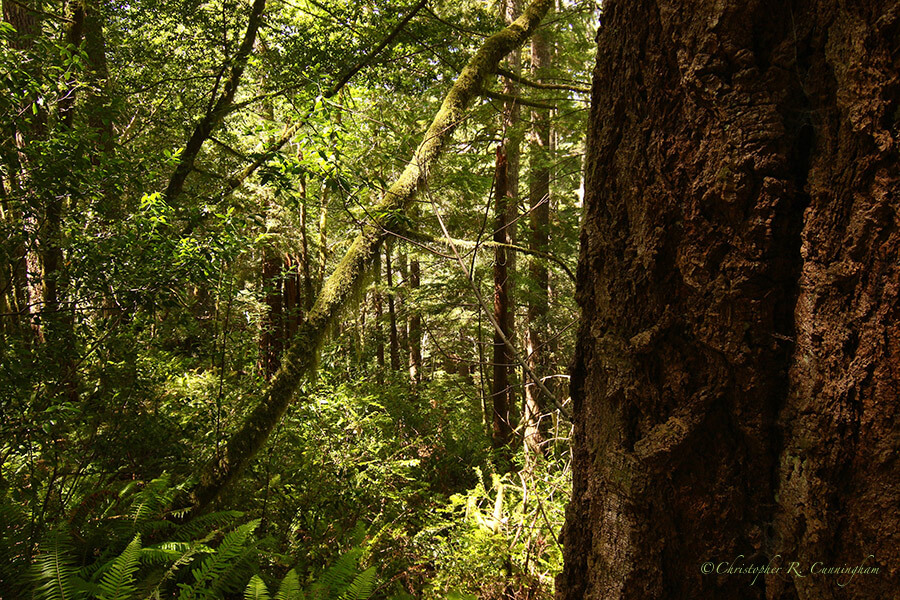
Like Billy Pilgrim, I sometimes find myself free of the confines of a particular time. Growing up on a land shaped by glaciers–moraines, eskers, and potholes–and half the year covered in drifting snow, whipped up into sparkling wisps, it was easy for a kid to stare squinting into a world that dissolved into Clovis hunters in fox and ermine parkas, perhaps, like Eskimos, sporting stylish ivory sunglasses, pursuing herds of mammoths and musk oxen across the ice-pack.
From time to time, I find myself in haunted places that make such time travel easy.
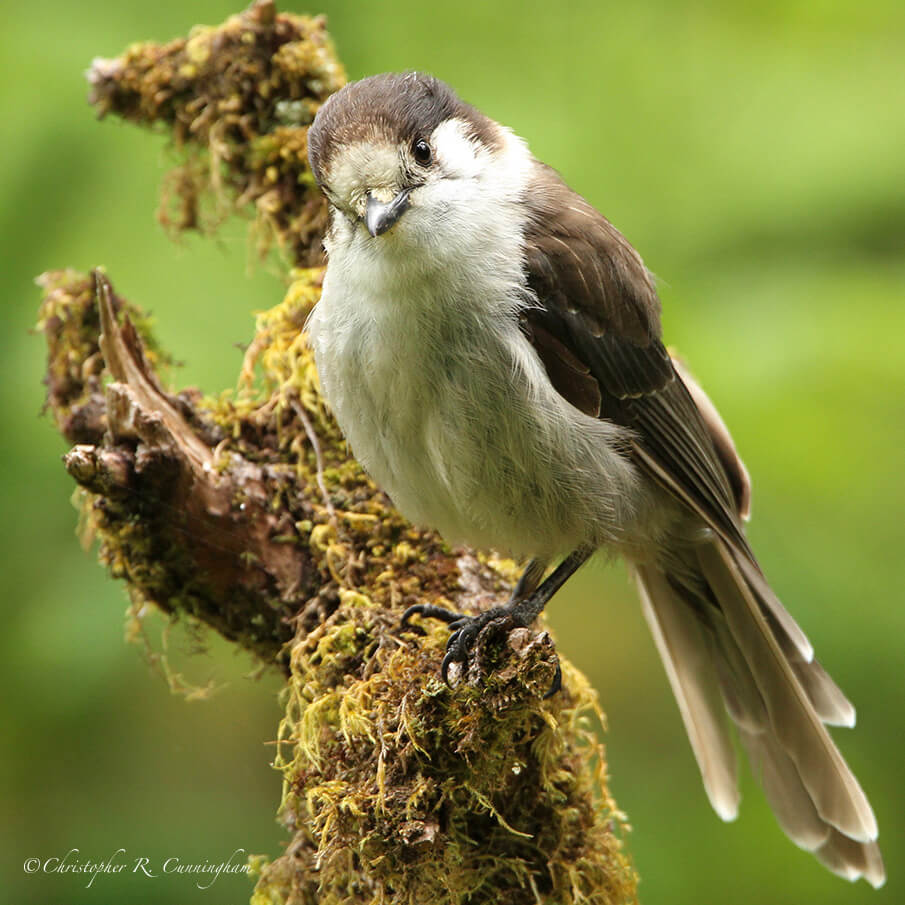
The Hoh Rainforest of the Olympic Peninsula is one such place. Russell Cave is another. The Hoh Rainforest is a misty woods, its mightly conifers draped in moss, and the forest floor covered in ferns. In such forests 150 million years ago the proto-birder could likely have heard the squawking of Archaeopteryx or Microraptor in the canopy as they waited for a stegosaur to lumber past. But steer clear of the giant bison hunters of Russell Cave. They’re a rough lot.
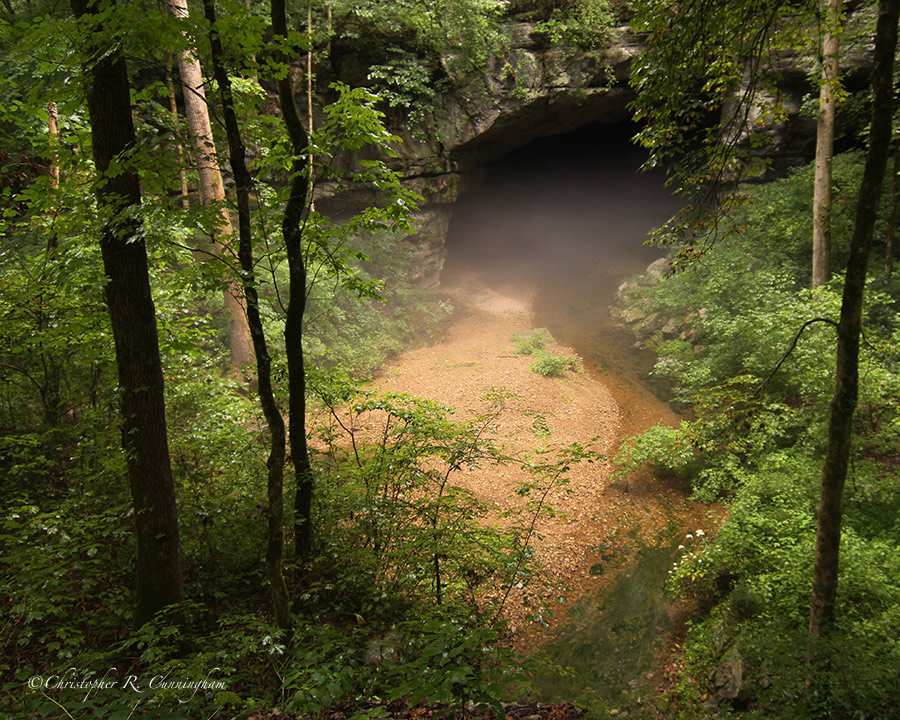
For a minor creative project I’m working on, we took a trip to Mercer Arboretum and Botanical Garden. I was interested in taking a few images of primitive plants in the Prehistoric Garden. In the garden are a number of types of plants representing groups that date back to the Mesozoic Era, and in a few cases even the Paleozoic Era. We saw the maidenhair tree (Gingko biloba), ferns, tree ferns, cycads, dawn redwood (Metasequoia glyptostroboides), and several strangely wonderful Araucaria conifers (including the Moreton Bay pine, A. cunninghami, and the bunya-bunya, A. bidwillii).
Spinkled throughout the gardens we saw other plants of nearly equal antiquity. Magnolia and sycamore, for example, date back to the Early Cretaceous Epoch. On this trip we even saw a tyrannosaur eat a guy! I swear!
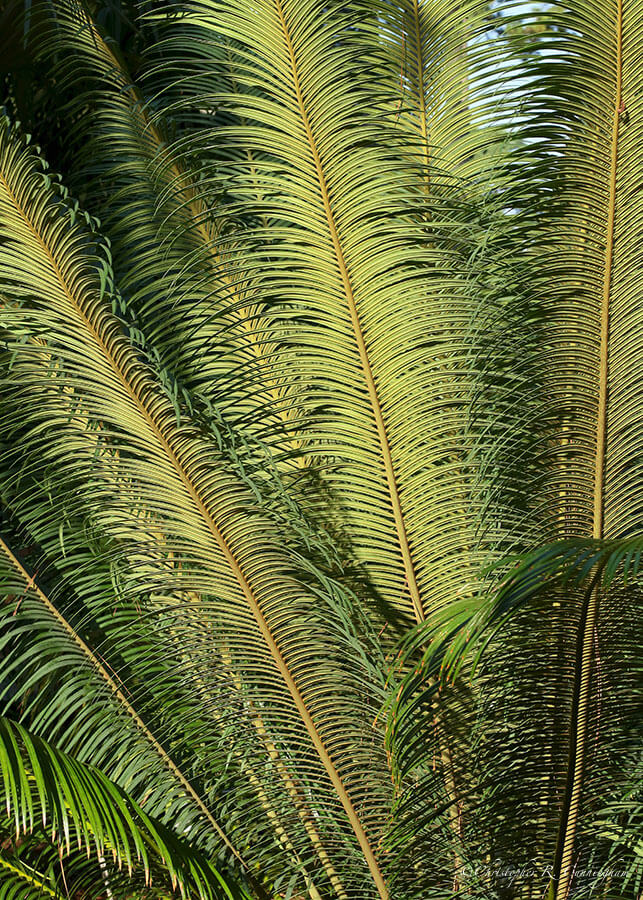
©2016 Christopher R. Cunningham. All rights reserved. No text or images may be duplicated or distributed without permission.
